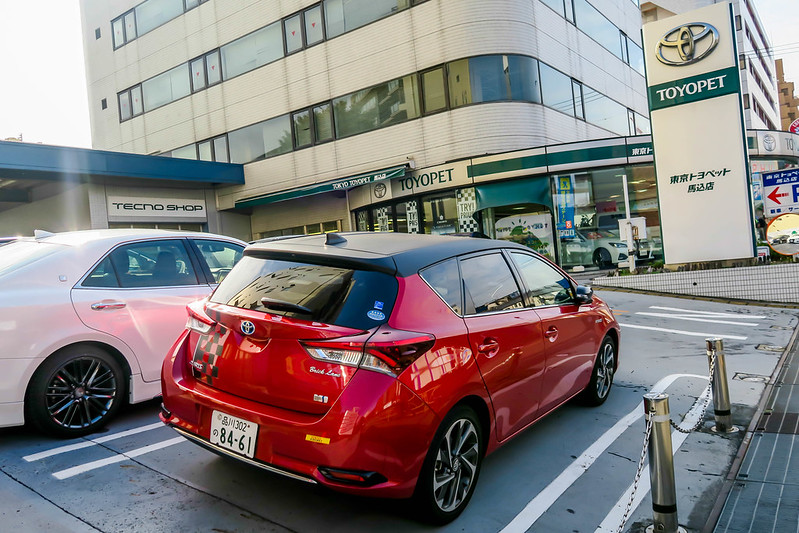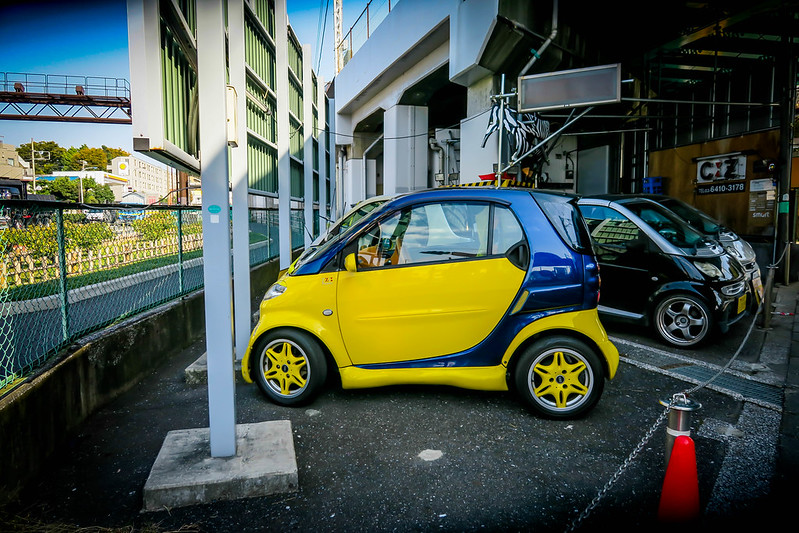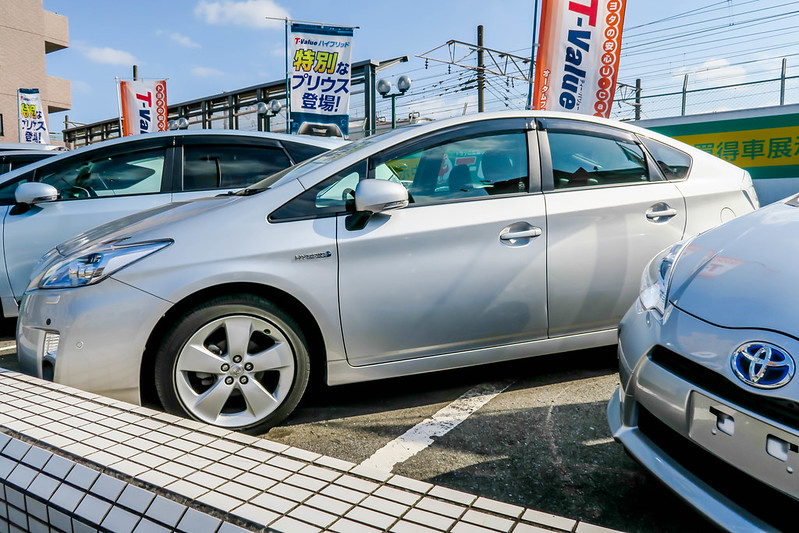
For those who are planning to travel and drive in Japan, one may see quite a number of gas stations that may resemble your gas station in your country.
For those in the United States, one may look at the sign and think its similar to the three tiers of gas from regular ’87 and up. But it’s a little different Japan.
One thing I must first explain is that back in the ’90s and even 2000’s, full-service gas stations are what you would see often in television, anime, etc. But things have changed to the point where self-service gas stations are now commonplace and you have your usual worker inside the building or employees cleaning up. But also maintenance workers who try to help people with oil changes and fill up air on ones tires.
The gasoline is paid via cash or credit card and you can select: Regular, High-Octane and Diesel
In November 2016, Regular at SHELL was 119, High-Octane was 130 and Diesel was 98 per liter. To do a comparison between US gas prices and Japan prices, there is a big difference.
In California, I spend around $2.69 per gallon for regular ’87 gasoline. So, for my vehicle, I have 7.736 gallons to fill up. Let’s round it off to 8. My average is $18-19 a fill-up.
For 1 liter it is equal to 0.264 gallon. So, to get 8 gallons I need 30.28 liters. Let’s just say 30 to round things off. So, I would spend Y3570 to fill up my gas tank for my vehicle. So, that is equivalent to $30.26. So, that’s about $12 extra per fill up.
My father’s long bed truck is 38 gallons and he spends around $68 per fill up in the US. If that same truck needed to be filled up in Japan, it would be: 143.846 liters. So, Y17,017 which is $144.28 or Y14,014 for diesel which is $118.82.
So, for regular gas, it’s nearly another extra $60 to fill up a long bed in Japan for one fill up.



So, in the US, when our gas increases to 10 or 20 cents extra, our increase in the US is still much cheaper for how much gas costs people not just in Japan but also in Europe and other countries.
While public transportation is still recommended for travelers, those living or vacationing in the country areas may need to drive and it may make sense why you see many people driving hybrids or smaller cars, while the bigger vehicles are reserved for company/business vehicles.
